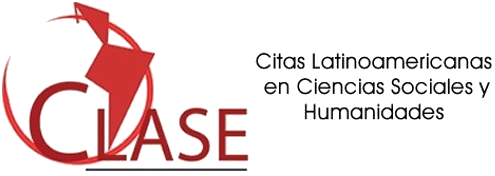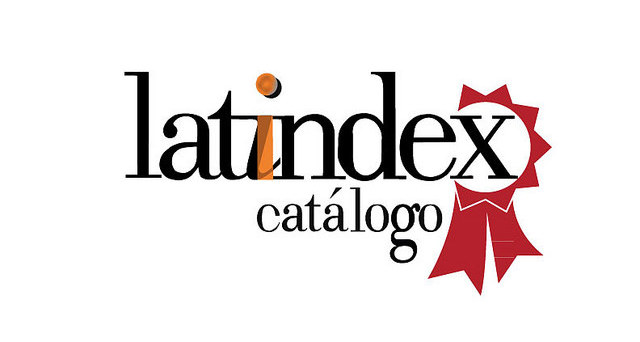Images of the Conquest in Tlacoachistlahuaca, Guerrero, A Story out of Many…
DOI:
https://doi.org/10.29340/en.v4n8.256Keywords:
anthropology of dance, visual anthropology, structural history, amuzgosAbstract
The dance that was the object of the images presented in this photographic essay converses with many stories. It all depends on where, when and for who these stories are danced for. For the 17th Century missionaries, its first promoters, this dance was a way to instill and celebrate the arrival of a new religion. However, in the 19th Century, with the Independence, and the later victory of Juarez’s army on the French, that vision of the defeated changed sides and with this, dances also changed. Rural teachers took the place of the missionaries, spearheading a new way to think and present the past; the first pro-indigenous variants began taking the spotlight or they mixed or coexisted with the pro-Spaniard variants.
Thanks to a Casimiro Jiménez, probably from the neighboring state of Oaxaca, one of these pro-indigenous variants began spreading in the Mixtecan-Amuzgan region of the Costa Chica de Guerrero, between 1910 and 1915. My Amuzgan friends loved to rebuild their culture dissemination process, and it is currently the story they most like to tell. The other story, the one told through dance, also makes them proud because, despite their defeat, their ancestors shine for their bravery and their resistance. I hope that people who are knowledgeable and specialist in these topics are able to see, in the photos I present, the echoes of these stories, with surely much more protagonists than those that show up on the screen.
Downloads
References
Bonfiglioli, Carlo (2004). La epopeya de Cuauhtémoc en Tlacoachistlahuaca. Un estudio de contexto, texto y sistema en la antropología de la danza. México: Universidad Autónoma Metropolitana.
Foster, George, M. (1962). Cultura y conquista. La herencia española de América. Xalapa: Universidad Veracruzana.
García, Rosario (1995). Danza de la Pluma o de la Conquista en Zaachila, Oaxaca [tesis de maestría]. México: Escuela Nacional de Danza Folklórica / Instituto Nacional de Bellas Artes / Consejo Nacional para la Cultura y las Artes.
Jáuregui, Jesús y Carlo Bonfiglioli (coord.) (1996). Las danzas de conquista i. México contemporáneo. México: Consejo Nacional para la Cultura y las Artes / Fondo de Cultura Económica.
Loubat, Joseph-Florimond duque de (1902). “Letra de la Danza de la Pluma de Moctezuma y Hernán Cortés con los capitanes y reyes que intervinieron en la Conquista de México”. Congrès International des Américanistes, núm. 1, pp. 221-261.
McAfee, Byron (1952). “Danza de la Gran Conquista”. Tlalocan. A Journal of Source Materials on the Native Cultures of Mexico, vol. 3, núm. 3, DOI: https://doi.org/10.19130/iifl.tlalocan.1952.373
pp. 246-273. https://doi.org/10.19130/iifl.tlalocan.1952.373 DOI: https://doi.org/10.19130/iifl.tlalocan.1952.373
Ricard, Robert (1932). “Contribution a l’étude des fêtes de Moros y Cristianos au Mexique”. Journal de la Société des Américanistes, vol. 24, núm. 1, pp. 51-84. https://doi.org/10.3406/jsa.1932.1844 DOI: https://doi.org/10.3406/jsa.1932.1844
Turner, Victor (1981) [1976]. “Prólogo”, en Ronald L. Grimes, Símbolo y conquista. Rituales y teatro en Santa Fe, Nuevo Mexico. México: Fondo de Cultura Económica, pp. 9-11.
Val Julián, Carmen (1985). Vies posthumes de Moctezuma II [tesis de doctorado]. París: École des Hautes Études en Sciences Sociales.
Val Julián, Carmen (1991). “Danses de la Conquête: une mémoire indienne de l’histoire?”, en Alain Breton, Jean-Pierre Berthe y Sylvie Lecoin (ed.), Vingt études sur le Mexique et le Guatemala réunies à la mémoire de Nicole Percheron. Tolosa: Centre d’Etudes Mexicaines et Centramericaines / Presses Universitaires du Mirail, pp. 253-266.
Warman, Arturo (1968). La Danza de Moros y Cristianos. Un estudio de aculturación [tesis de Maestría en Ciencias Antropológicas]. México: Escuela Nacional de Antropología e Historia.
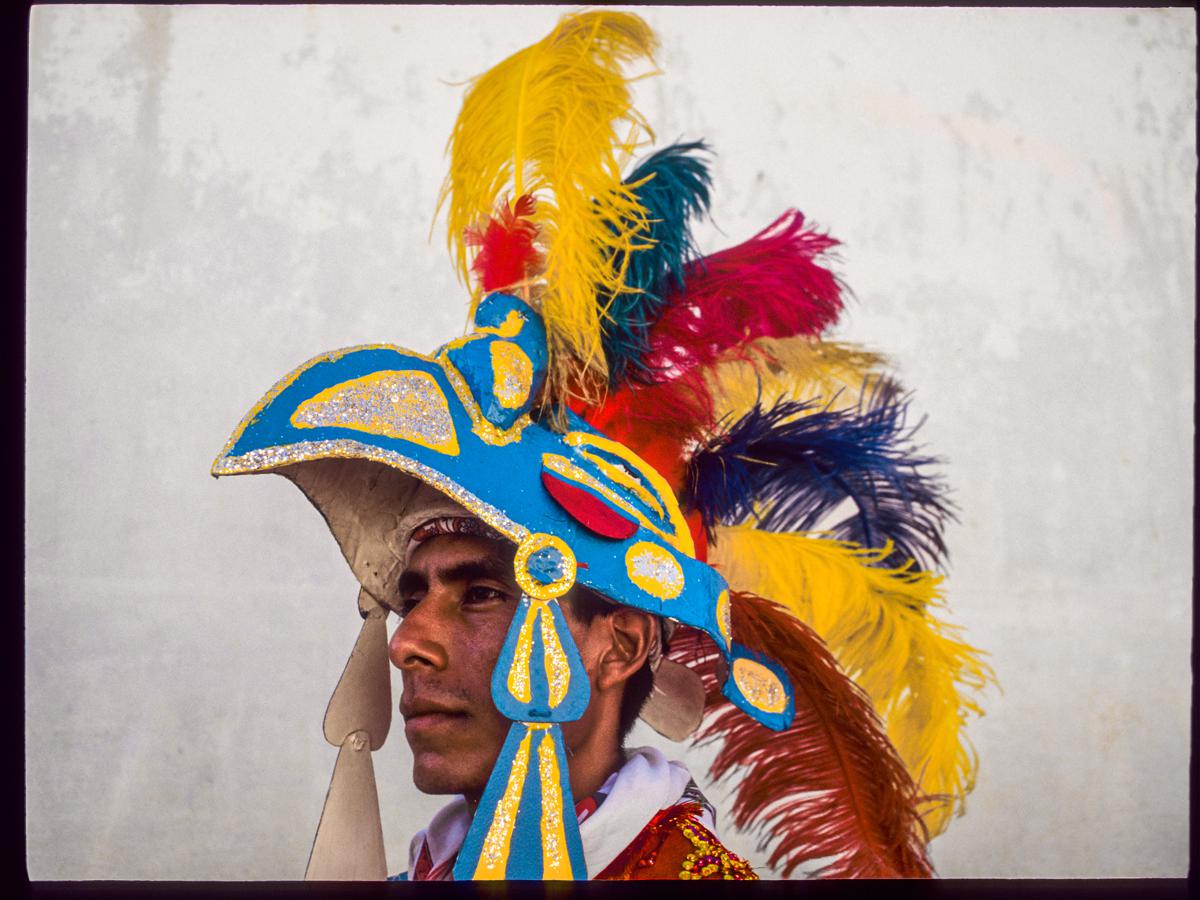
Published
Issue
Section
License
Copyright (c) 2021 Encartes

This work is licensed under a Creative Commons Attribution-NonCommercial 4.0 International License.
Aviso de derechos de autor
- Los autores/as conservan los derechos de autor y ceden a la revista el derecho a la primera publicación con el trabajo registrado con la licencia de atribución Creative Commons, que permite a terceros utilizar lo publicado siempre que mencionen la autoría del trabajo y a la primera publicación en esta revista
- Los autores/as pueden realizar otros acuerdos contractuales independientes y adicionales para la distribución no exclusiva de la versión del artículo publicado en esta revista (por ej. Incluirlo en un repositorio institucional o publicarlo en un libro) siempre que indiquen claramente que el trabajo se publicó por primera vez en esta revista.
El material puede ser copiado, distribuido, comunicado, ejecutado públicamente. Se pueden hacer obras derivadas de él. No se puede utilizar para fines comerciales. Se debe reconocer y citar la obra de la forma en que tú especifiques.

